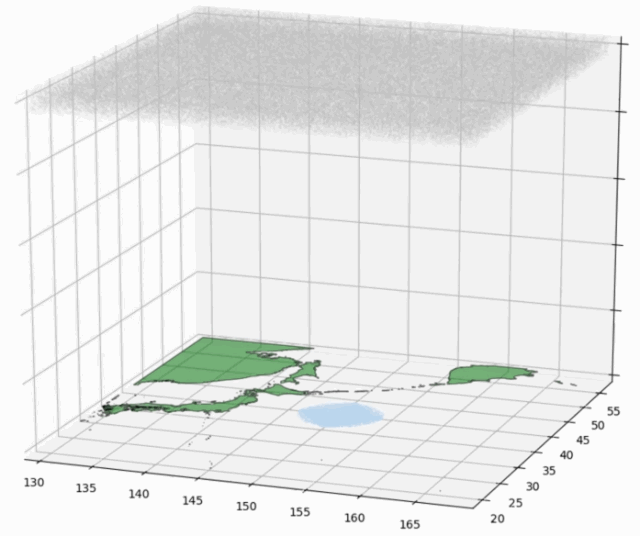GPS networks have become an important part of everyday life around the world, but an international team of scientists has found a new and potentially life-saving use: tsunami warning Researchers from University College London and universities across Japan studied the ability of GPS Networks to detect tsunamis and concluded that this type of instrument can indeed detect destructive waves from space.
In addition, they also determined that GPs can provide more detailed information than current detection systems - at a very low cost, which allows authorities to issue more accurate warnings before tsunamis hit the coast.
When the sea water is violently displaced by earthquakes, landslides or volcanic eruptions, a tsunami will be triggered. In the deep sea, waves are usually less than a foot high, but when they approach land at 500 miles per hour, their height increases rapidly before flooding the coastline. GPS networks can detect these waves long before they reach land.
Although the interference from the ocean surface is very slight, it is enough to produce a ripple effect in the atmosphere. As the air is pushed upward, sound waves travel all the way to the ionosphere about 186 miles from the earth, and expand in scale as they travel. There, the density of electrons in the ionosphere is reduced by sound waves, which directly affects the radio signals sent from GPS satellites to ground receivers. Researchers have developed a method to interpret changes in radio signals to collect key information about tsunamis.
Currently, tsunami warnings are based on seismic activity. These warnings are not necessarily very accurate. They only show that a tsunami may occur sometime in the near future, but provide little other details.
Professor serge guillas of UCL Institute of statistical sciences and Alan Turing Institute and senior author of the paper pointed out in a press release: "in 2011, Japan's early warning system underestimated (northeast) The height of the waves. Better early warning may have saved lives, reduced widespread damage and enabled people to go higher and farther from the sea. Our research is a joint effort of statisticians and space scientists, which shows a new method of detecting tsunami. This method is low-cost because it relies on the existing GPS network and can be implemented all over the world. In addition, it can complement other methods of detecting tsunami and improve the accuracy of early warning system. "
Researchers suspect that if GPS data are used during the disaster in northeastern Japan, an accurate tsunami warning can be issued at least 10 minutes before the waves reach land, which may give more people time to prepare for the impact.
The team believes that with further research, they will be able to determine the size and shape of the tsunami more accurately based on GPS radio signals.
"Based on my past experience working for the Japanese government and seeing the damage caused by the tsunami, I believe that if this study is successful, it will certainly help save lives," said Ryuichi Kanai, a doctoral researcher at UCL Statistical Science and Allen Turing Institute and co-author of the study.
It is reported that the research report was published in natural hazards and earth system sciences last month.
